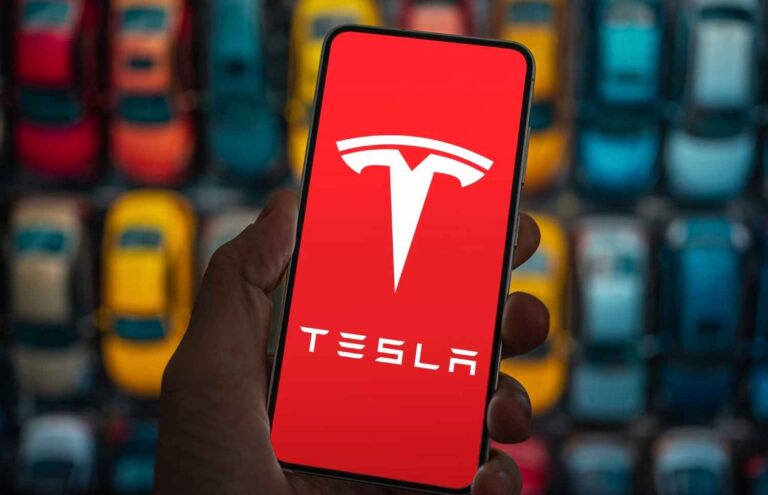
The Future of Health Tech: Wearables and Gadgets in 2025 – Revolutionizing Healthcare with Wearable Technology
The future of health tech is rapidly evolving, and Wearable Technology is at the forefront of this revolution. With the increasing demand for personalized healthcare, wearables and gadgets are becoming an essential part of our daily lives. In this article, we will explore the latest trends and advancements in health tech, including wearables and gadgets, and how they are transforming the healthcare industry in 2025.
Introduction to Wearables and Gadgets
Wearables and gadgets have been around for several years, but their popularity has skyrocketed in recent times. From fitness trackers to smartwatches, these devices have made it possible for individuals to monitor their health and fitness levels on the go. With the advancements in technology, wearables and gadgets are becoming more sophisticated, offering a wide range of features and functionalities.
Types of Wearables and Gadgets
There are several types of wearables and gadgets available in the market, each with its unique features and functionalities. Some of the most popular ones include:
- Fitness Trackers: These devices track an individual’s physical activity, sleep patterns, and other health metrics.
- Smartwatches: These devices offer a range of features, including fitness tracking, notification alerts, and mobile payments.
- Smart Glasses: These devices offer a range of features, including fitness tracking, notification alerts, and augmented reality experiences.
- Health Monitors: These devices track an individual’s vital signs, including blood pressure, heart rate, and blood glucose levels.
Advancements in Wearables and Gadgets
The wearables and gadgets industry is rapidly evolving, with new technologies and innovations emerging every day. Some of the latest advancements in wearables and gadgets include:
- Artificial Intelligence (AI): AI is being integrated into wearables and gadgets to offer personalized recommendations and insights.
- Internet of Things (IoT): IoT is being used to connect wearables and gadgets to other devices and systems, enabling seamless data exchange and analysis.
- 5G Connectivity: 5G connectivity is being used to enable faster data transfer and lower latency in wearables and gadgets.
Benefits of Wearables and Gadgets
Wearables and gadgets offer a range of benefits, including:
- Improved Health Outcomes: Wearables and gadgets can help individuals track their health metrics and make informed decisions about their health.
- Increased Convenience: Wearables and gadgets offer a convenient way to track health metrics and stay connected on the go.
- Enhanced User Experience: Wearables and gadgets offer a range of features and functionalities, enhancing the user experience and engagement.
Challenges and Limitations
While wearables and gadgets offer a range of benefits, there are also several challenges and limitations to consider. Some of the most significant challenges include:
- Data Security: Wearables and gadgets collect sensitive health data, which must be protected from unauthorized access and breaches.
- Accuracy and Reliability: Wearables and gadgets must be accurate and reliable, providing users with trustworthy data and insights.
- Regulatory Framework: The regulatory framework for wearables and gadgets is still evolving, and manufacturers must comply with various regulations and standards.
Conclusion
In conclusion, the future of health tech is exciting and rapidly evolving. Wearables and gadgets are transforming the healthcare industry, offering a range of benefits and opportunities for individuals and healthcare providers. While there are challenges and limitations to consider, the potential of wearables and gadgets to improve health outcomes and enhance the user experience is significant. As we look to the future, it is essential to continue investing in research and development, ensuring that wearables and gadgets are accurate, reliable, and secure.






